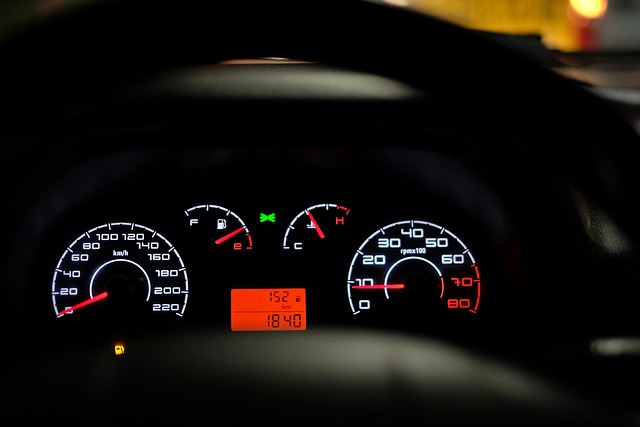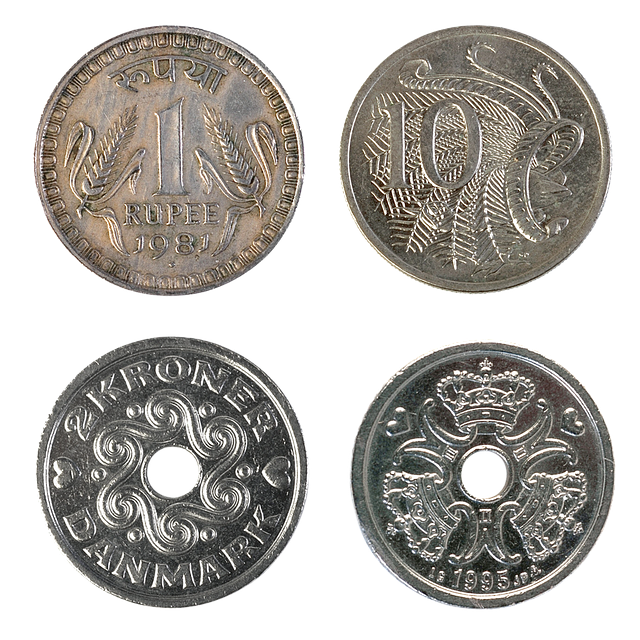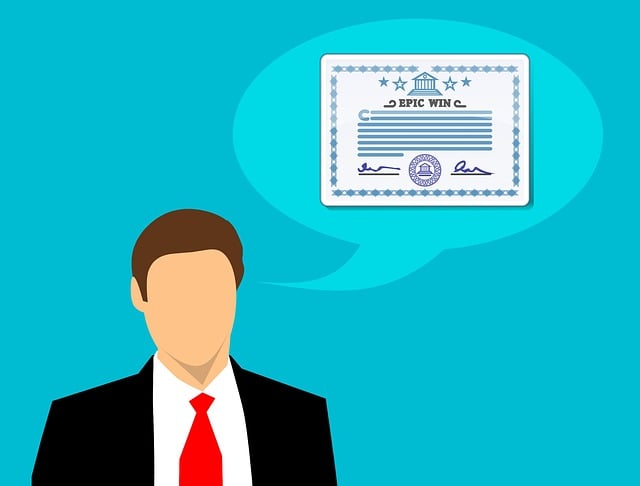Car title loan defaults can lead to repossession, but borrowers in San Antonio have options for car title loan reinstatement after repossession. Key steps include understanding budget constraints, negotiating with lenders, arranging timely payments (including arrears and fees), and proactively communicating with the lender within a set timeframe. Swift action not only prevents legal issues but also helps individuals rebuild financial stability while managing vehicle ownership effectively.
Late payments on car title loans can lead to repossession, causing significant stress. If this happens, don’t despair; there are options to reinstate your vehicle’s ownership. This article guides you through understanding repossession impacts and exploring various reinstatement choices. Learn practical steps to safely reclaim your car after repossession, empowering you with knowledge in navigating this challenging situation. Discover the path to restoration and regain control over your transportation with our comprehensive insights on car title loan reinstatement after repossession.
- Understanding Car Title Loan Repossession and Its Impact
- Exploring Reinstatement Options After Repossession
- Steps to Securely Restore Ownership of Your Vehicle
Understanding Car Title Loan Repossession and Its Impact

When a borrower fails to make payments on their car title loan as agreed upon, the lender may initiate a repossession process. This involves taking physical possession of the secured vehicle, which is typically a car. Repossession can have significant financial and emotional impacts on the borrower, especially since it often leads to the loss of transportation. The borrower’s credit score may also suffer, making future loan applications more challenging.
Car title loan reinstatement after repossession involves negotiating with the lender to regain control of the vehicle. This could be through a variety of methods, including payment plans tailored to the borrower’s financial situation or, in some cases, rearranging terms on the existing loan. The process often requires a thorough understanding of one’s budget and financial commitments, as well as being proactive in communicating with the lender. San Antonio loans, for instance, have specific reinstatement processes that borrowers should familiarize themselves with to avoid repossession and its associated consequences.
Exploring Reinstatement Options After Repossession

When a car title loan goes into default, and the vehicle is repossessed, it might seem like all hope is lost. However, many lenders offer reinstatement options to help borrowers get back on track. These programs allow individuals to reclaim their vehicles after repossession by meeting specific criteria, such as catching up on missed payments and potentially paying a reinstatement fee. Understanding these opportunities is crucial for borrowers facing financial setbacks.
One common path to regaining vehicle equity involves arranging a direct deposit of the required funds to cover arrears, plus any applicable fees. This swift action can prevent further legal proceedings and give borrowers a chance to access their emergency funds and rebuild their financial stability. Lenders may also provide tailored repayment plans or offer short-term solutions to bridge the gap between default and full repayment.
Steps to Securely Restore Ownership of Your Vehicle

After a car has been repossessed due to late payments on a car title loan, there are several steps individuals can take to securely restore ownership of their vehicle. The first step is to understand the specific reasons for repossession and assess one’s financial situation. If the delay in repayment was due to unforeseen circumstances or a sudden change in income, it’s important to communicate this to the lender as early as possible. Many lenders offer various repayment options tailored to assist borrowers facing financial hardships, including bad credit loans or no-credit-check solutions.
Restoring car ownership involves reaching out to the lender within a certain timeframe after repossession to discuss reinstatement possibilities. This dialogue can lead to alternative arrangements, such as catching up on missed payments with a manageable repayment plan. It’s crucial to stay in communication and provide any necessary documentation to demonstrate a commitment to fulfilling the loan obligations. By taking these proactive steps, individuals can work towards reclaiming their vehicle and maintaining mobility while managing their financial responsibilities effectively.
Late payments can lead to car title loan repossession, but there are options for reinstating ownership. Understanding the process and exploring specific reinstatement options can help individuals regain control of their vehicles. By following the outlined steps and considering various reinstatement methods, it’s possible to navigate this challenging situation and securely restore vehicle ownership. Remember, prompt action is key to minimizing disruptions caused by repossession.






